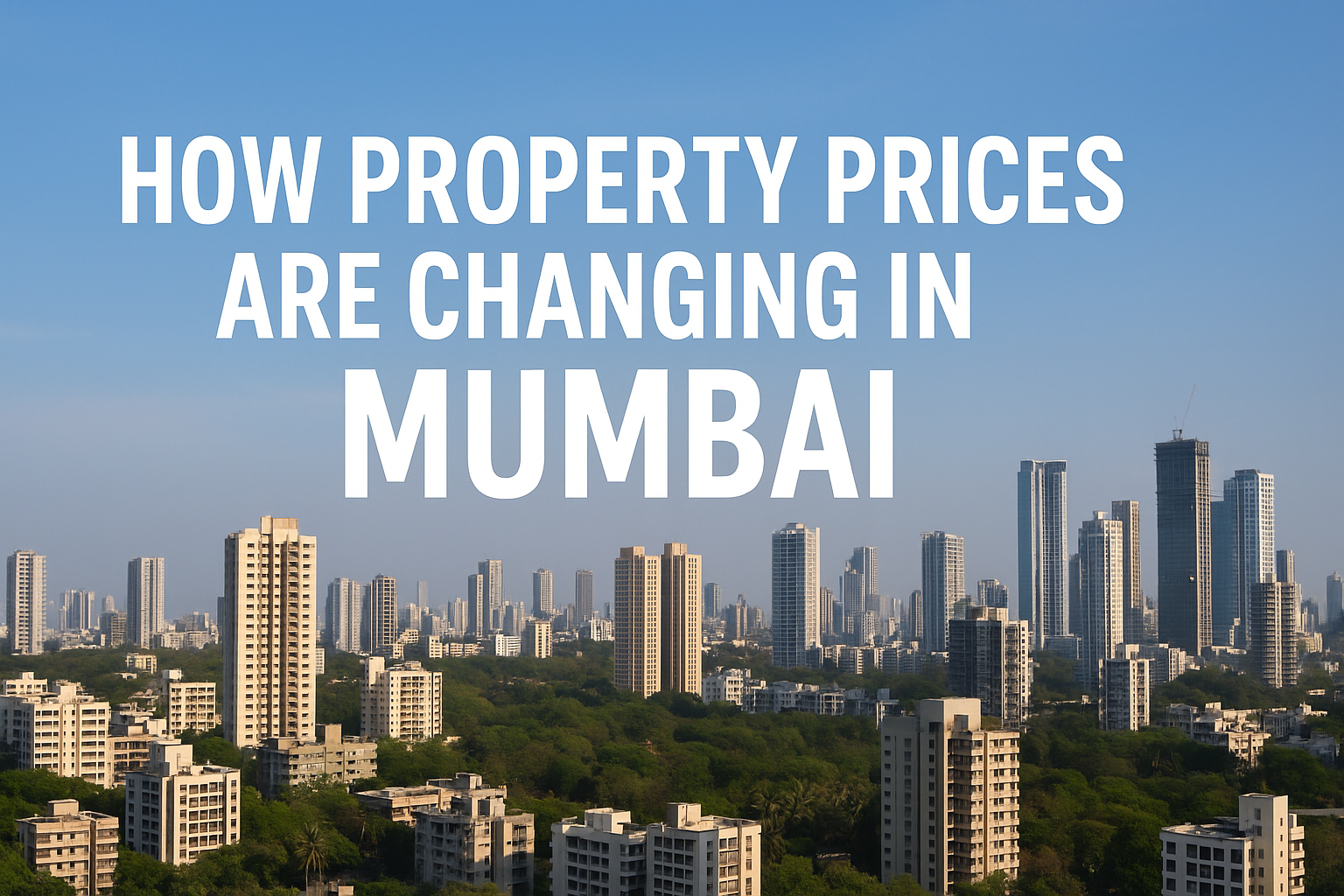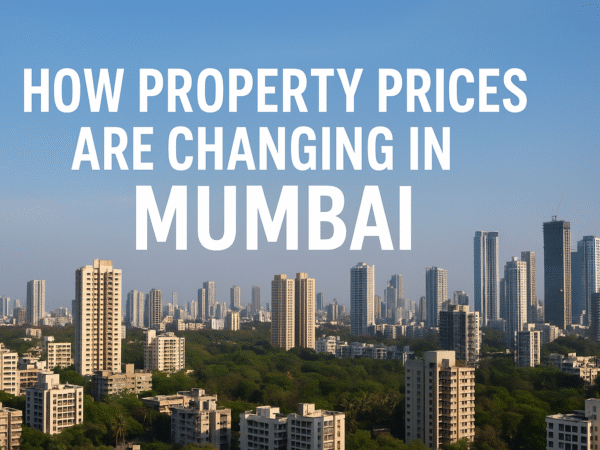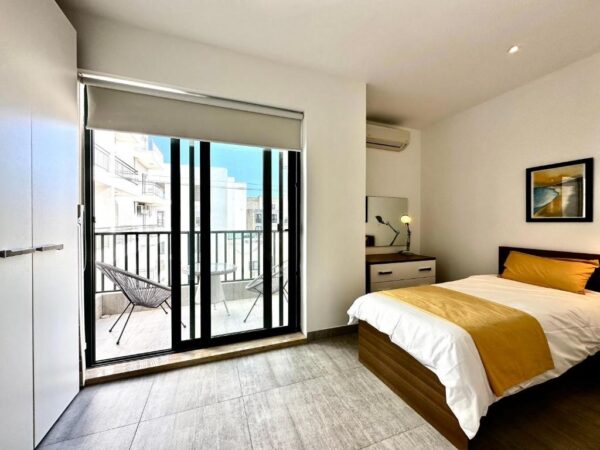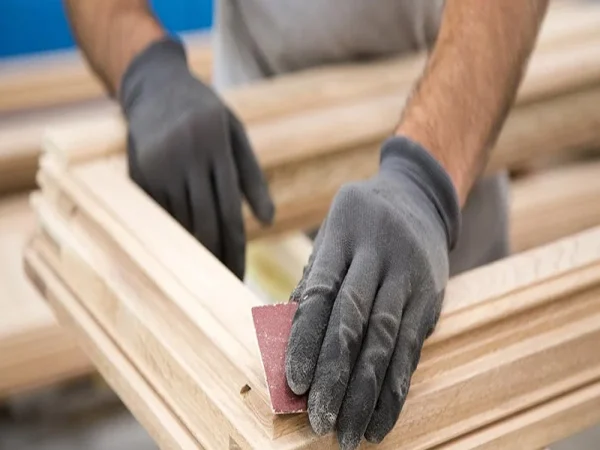How Property Prices Are Changing in Mumbai: 2025 Trends & Insights
Mumbai, India’s financial capital, is one of the most dynamic real estate markets in the country. Known for its ever-evolving skyline, the city continues to attract investors, homebuyers, and developers. In 2025, property prices in Mumbai are undergoing noticeable changes, influenced by a combination of infrastructure upgrades, lifestyle shifts, and market sentiments. Whether you’re a first-time buyer or a seasoned investor, understanding the forces behind Mumbai’s property price trends can help you make informed decisions.
The General Price Trend: Steady Rise, Selective Surge
Over the past year, property prices across Mumbai have seen a steady appreciation. On average, the cost of residential real estate has increased by around 5-7{2ceda02908de20a26507b877c3a53f9eb29bf75ecf243c6188e49c995af7d5a4}. However, this growth hasn’t been uniform. While premium micro-markets such as Bandra, Worli, and Lower Parel continue to command high rates, suburbs like Thane, Navi Mumbai, Panvel, and even parts of the Western and Eastern suburbs are emerging as hotspots with faster price escalations.
This shift is largely due to improved affordability in these locations and better connectivity. With more people prioritizing larger homes and open spaces, areas slightly away from the main city but well-connected are witnessing increased demand and, in turn, rising prices.
Infrastructure Boom: A Key Price Driver
One of the most significant catalysts for changing property prices in Mumbai is the city’s ongoing infrastructure development. Multiple mega-projects are underway or nearing completion in 2025:
- Mumbai Metro Expansion: With several metro lines becoming operational, commute times are decreasing, and areas once considered far are now within reach. This has made locations like Dahisar, Mira Road, and Bhandup more attractive.
- Mumbai Trans Harbour Link (MTHL): This much-anticipated project will connect Sewri in Mumbai to Nhava Sheva in Navi Mumbai. Once operational, it is expected to unlock new investment potential and boost property values in Navi Mumbai and Panvel.
- Coastal Road Project: Aimed at easing traffic in South Mumbai, this project will not only improve connectivity but also enhance the appeal of high-value areas, potentially leading to further appreciation in property prices.
These projects not only reduce congestion and travel time but also increase the liveability quotient of various suburbs, thereby enhancing their real estate value.
Changing Homebuyer Preferences
Post-pandemic lifestyle changes continue to influence buying behavior. There is a clear shift from compact apartments to mid-sized and larger homes, with outdoor spaces, better ventilation, and work-from-home-friendly layouts.
Buyers today are looking for:
- 2 bhk or 3 bhk apartments in the 700–1300 sq. ft. range.
- Balconies or terraces.
- Projects with lifestyle amenities like gyms, swimming pools, co-working spaces, and rooftop gardens.
- Properties in integrated townships offering security, green space, and accessibility.
As demand for such configurations increases, developers are adjusting their project layouts, and prices of mid-to-large units are witnessing higher appreciation than studio or 1 bhk apartments.
Affordable Housing Still Has Momentum
Despite rising prices in some segments, Mumbai still sees a steady demand for affordable homes, especially in locations like Ambernath, Badlapur, and Vasai-Virar. Government incentives, stamp duty reductions at times, and subsidy schemes for first-time buyers have contributed to this ongoing demand.
However, the rising cost of raw materials and compliance with RERA and environmental norms have increased the cost of construction, thereby slowly pushing up the base price of even affordable homes. This means even in budget segments, prices are creeping upwards, albeit at a slower pace compared to luxury segments.
Rental Yields and Investment Outlook
Rental yields in Mumbai are also on the rise. With increased migration for jobs, particularly in the tech and finance sectors, rental demand remains strong in locations like Andheri, Powai, Goregaon, and Thane.
This trend has made Mumbai once again attractive to investors looking at rental income as a key ROI factor. In suburbs with growing commercial hubs, 2 bhk flats are fetching monthly rents between ₹35,000 to ₹50,000, depending on the project and location. Investors are using this data to enter areas with low purchase prices but high rental potential.
Neighborhood Watch: Hotspots to Watch in 2025
Several neighborhoods are showing strong growth momentum in 2025:
- Bhandup West and Mulund: With better connectivity and upcoming infrastructure, these areas are rapidly transforming.
- Panvel: With proximity to the upcoming Navi Mumbai International Airport and MTHL, prices here have jumped significantly over the last 18 months.
- Goregaon East and Malad East: These areas offer the balance of city life and open spaces, with strong resale and rental potential.
Meanwhile, South Mumbai continues to hold its elite appeal. Prices in areas like Marine Drive and Altamount Road are stable with occasional spikes due to limited supply and high demand.
Challenges on the Horizon
Despite the optimism, challenges remain:
- Interest Rates: High home loan interest rates can slow down buyer enthusiasm, especially in the mid-segment market.
- Supply Glut: Some micro-markets still have unsold inventory, which could lead to pricing stagnation in those areas.
- Affordability Gap: As prices rise, affordability for middle-income buyers is becoming a concern, potentially leading them to look further into Navi Mumbai or beyond.
Final Thoughts
Mumbai’s Real Estate market in 2025 presents a mix of opportunity and caution. For end-users, it’s a good time to invest in growing suburbs where prices are still within reach and infrastructure promises long-term returns. For investors, the key is to look for emerging micro-markets with strong rental demand and planned developments.
Overall, the city continues to live up to its real estate legacy — dynamic, aspirational, and constantly changing. As always, the golden rule remains: location, connectivity, and future growth potential determine how property prices perform in this ever-evolving metropolis.











